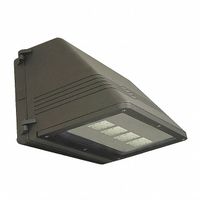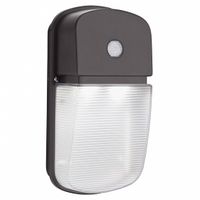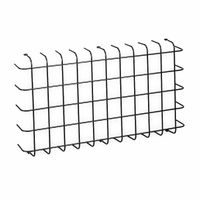Wall pack lights are outdoor lighting fixtures typically mounted on the exterior walls of buildings. They are primarily used for security, safety, and general illumination purposes. These lights are commonly found in commercial, industrial, and institutional settings, such as warehouses, factories, schools, and office buildings.
1. **Security**: Wall pack lights provide bright illumination that helps deter criminal activities by eliminating dark areas where intruders might hide. They enhance the visibility of security cameras and make it easier for security personnel to monitor premises.
2. **Safety**: By illuminating pathways, parking lots, and building perimeters, wall pack lights help prevent accidents and injuries. They ensure that employees, customers, and visitors can safely navigate around the property after dark.
3. **General Illumination**: These lights enhance the overall visibility of a building's exterior, making it more inviting and accessible. They can highlight architectural features and improve the aesthetic appeal of a property.
4. **Energy Efficiency**: Modern wall pack lights often use LED technology, which is energy-efficient and has a long lifespan. This reduces maintenance costs and energy consumption compared to traditional lighting options.
5. **Durability**: Designed to withstand harsh weather conditions, wall pack lights are typically made from robust materials like aluminum or polycarbonate. They are resistant to vandalism and environmental factors, ensuring reliable performance over time.
6. **Versatility**: Available in various styles, sizes, and wattages, wall pack lights can be tailored to meet specific lighting needs. They can be equipped with features like motion sensors, dusk-to-dawn sensors, and adjustable heads for customized lighting solutions.
Overall, wall pack lights are essential for enhancing the security, safety, and functionality of outdoor spaces, making them a vital component of exterior lighting systems.




